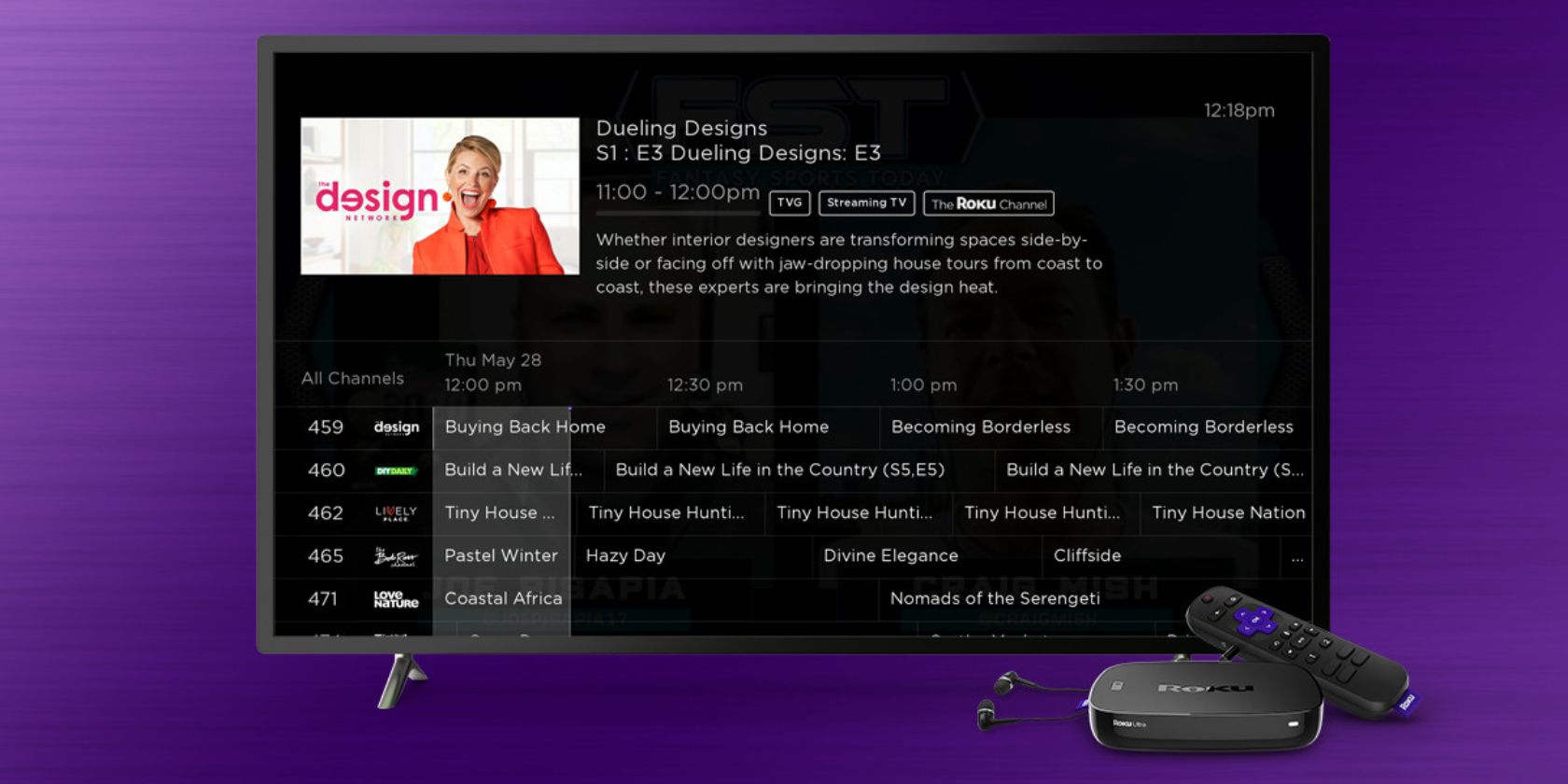
The gap to unquantized belief propagation (BP) decoding is reduced to about 0.75 dB. Gains of about 0.7 dB and 0.1 dB are observed compared to BMP and TMP, respectively. To showcase the potential for high throughput forward error correction, spatially coupled LDPC codes and a target spectral efficiency (SE) of 3 bits/QAM symbol are considered. The newly proposed quaternary message passing (QMP) algorithm is compared asymptotically and in finite length simulations to binary message passing (BMP) and ternary message passing (TMP) for spectrally efficient communication with higher-order modulation and probabilistic amplitude shaping (PAS). To decrease the data flow, the messages exchanged between check nodes (CNs) and VNs are represented by one or two bits.

The variable nodes (VNs) exploit soft information from the channel output. In this paper, we study one and two bit message passing algorithms for belief propagation decoding of low-density parity-check (LDPC) codes and analyze them by density evolution. Low complexity decoding algorithms are necessary to meet data rate requirements in excess of 1 Tbps.

Separate search groups with parentheses and Booleans.Keep it simple - don't use too many different parameters.


 0 kommentar(er)
0 kommentar(er)
